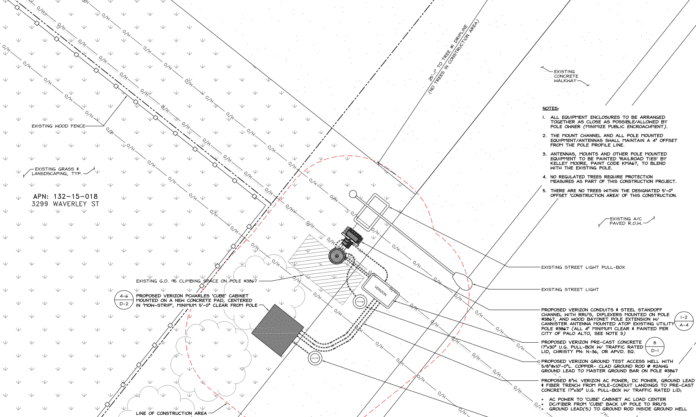UK medics and telecoms engineers have demostrated a 5G connected ambulance and a remote-controlled ultrasound scan over a public 5G network.
The showcase has been carried out by telecoms provider BT and University Hospitals Birmingham (UHB), an NHS foundation trust . It has been organised by the UK government as part of a multi-million pound, multi-city 5G testbed, hosted in the West Midlands.
The West Midlands Combined Authority (WMCA) and the Department for Digital, Culture, Media and Sport (DCMS) has set up West Midlands 5G (WM5G) testbed, to headline its Urban Connected Communities project, to develop a large scale 5G pilot across the region to trail new 5G applications and service at scale.
The latest demo, of a 5G connected ambulance and remote ultrasound, is hosted by the Medical Devices Testing and Evaluation Centre (MD-TEC) in UHB’s simulation lab, in the Institute of Translational Medicine.
The project sees a paramedic, in charge of the ultrasound scan in the ambulance, guided via a 5G connection by a clinician in the hospital itself. It illustrates how incoming 5G connectivity will speed up diagnoses for patients and reduce the number of visits to emergency departments, freeing up ambulance resources and reducing pressure on hospitals.
The project announcement describes the setup, as follows.
“The demonstration simulates a paramedic in the field performing an ultrasound scan on a patient, under the remote guidance of a clinician who is able to interpret the ultrasound image in real-time.
“The ultrasound sensor is manipulated locally by the paramedic under the remote direction of the clinician. This is done using a joystick operated remotely by the clinician which sends control signals over the live 5G network to a robotic or ‘haptic’ glove worn by the paramedic.
“The glove creates small vibrations that direct the paramedic’s hand to where the clinician wants the ultrasound sensor to be moved. This allows the clinician to remotely control the sensor position, whilst seeing the ultrasound images in real-time.
“In addition, there is a camera in the ambulance which transmits in high definition a view of the inside of the ambulance covering the patient and paramedic to a second screen located on the clinician’s workstation.
“The images are relayed over a high-bandwidth 5G connection, so the clinician is able to view both the ultrasound examination performed by the paramedic and keep an eye on the overall scene inside the ambulance. The superfast speeds of 5G ensure sharper and more reliable imagery for the clinician than could previously be achieved.”
Tim Jones, chief innovation officer at UHB, said: “We are immensely excited about the potential of 5G to support transformation in healthcare. We are always looking into new technologies and how we can use them to improve patient care. 5G will help us to roll out this next generation of healthcare technologies.
“Our clinicians will in the future be able to deliver holistic specialist advice in real time, potentially forming virtual multi-disciplinary teams to provide the best patient care using intelligent IT links. Information would be accessible at the point of need, ensuring informed decision making leading to improved patient safety, quality of care and patient/clinician experience.”
Gerry McQuade, chief executive of BT’s enterprise unit, said: “The characteristics of 5G will deliver a huge-step change in speed, capacity and reliability. We are focused on delivering new, innovative services which will make lives better and firmly believe in using the power of 5G to bring potentially life-saving benefits to patients.”
Craig Cooke, strategic operations director at West Midlands Ambulance Service (WMAS), said: “5G has the potential to help us provide better care, at the patient’s side, and provide increasingly diverse treatment plans for patients.”
Cooke provided examples: specialist assessments of patients and live consultations with them before arriving at hospitals.
He added: “Early access to WMAS information from our vehicles can support the care the patients receive on arrival at hospital and the patient’s journey through departments. We already see this in cases such as heart attacks where hospital staff can view the patient’s ECG, but this could become a live data stream.”
Andy Street, the Mayor of the West Midlands and chair of the WMCA, commented: “5G will be the backbone of our future economy and society, with local people here in the West Midlands reaping the benefits first.”
BT’s EE mobile arm has switched parts of Birmingham on to the UK’s first 5G services.
Ultrasonography is the second most common diagnostic test reported by the NHS, with more than 9.5 million carried out last year in England. On average, 408,000 patients attend University Hospitals Birmingham Emergency Departments each year, with 113,500 of these patients using an ambulance.
The UK government has sponsored six other 5G testbeds. These are 5GRuralFirst, 5G Smart Tourism, the Worcestershire 5G Consortium, the Liverpool 5G Testbed, AutoAir, and the 5G Rural Integrated Testbed.

